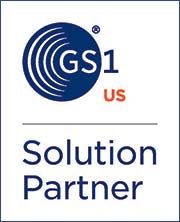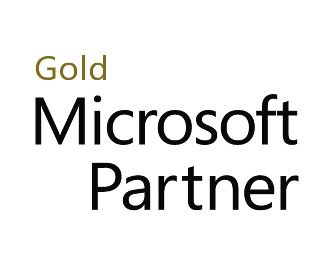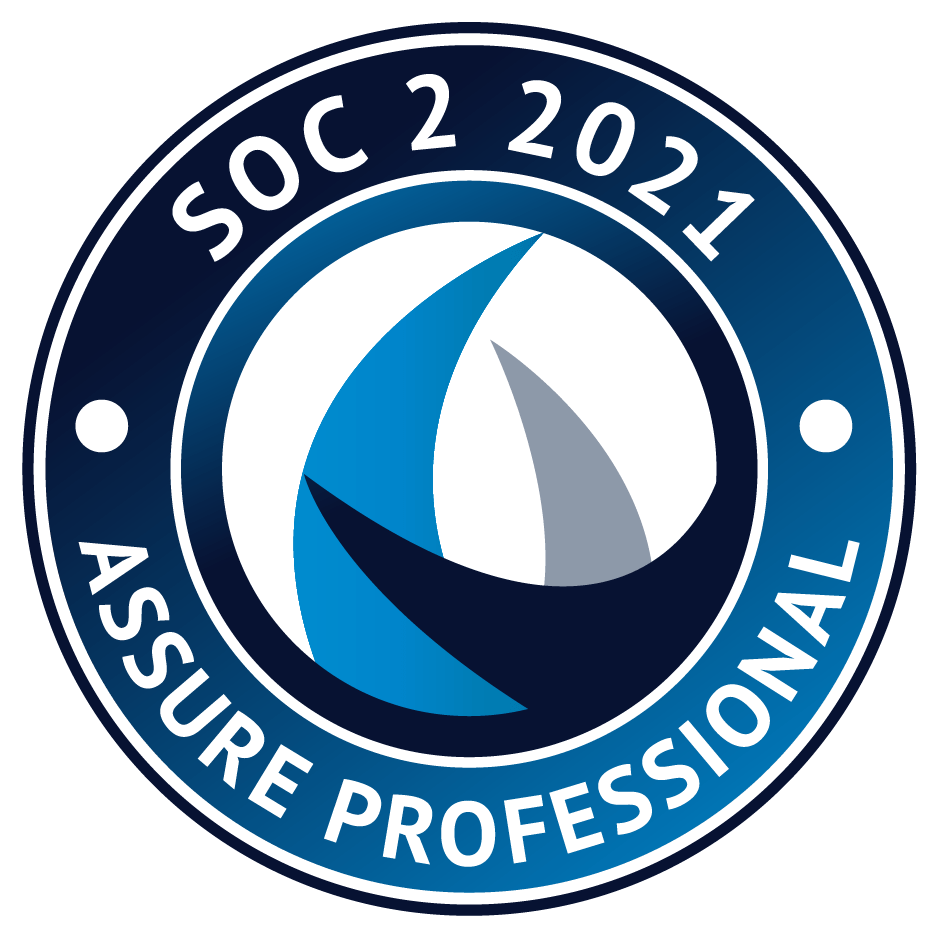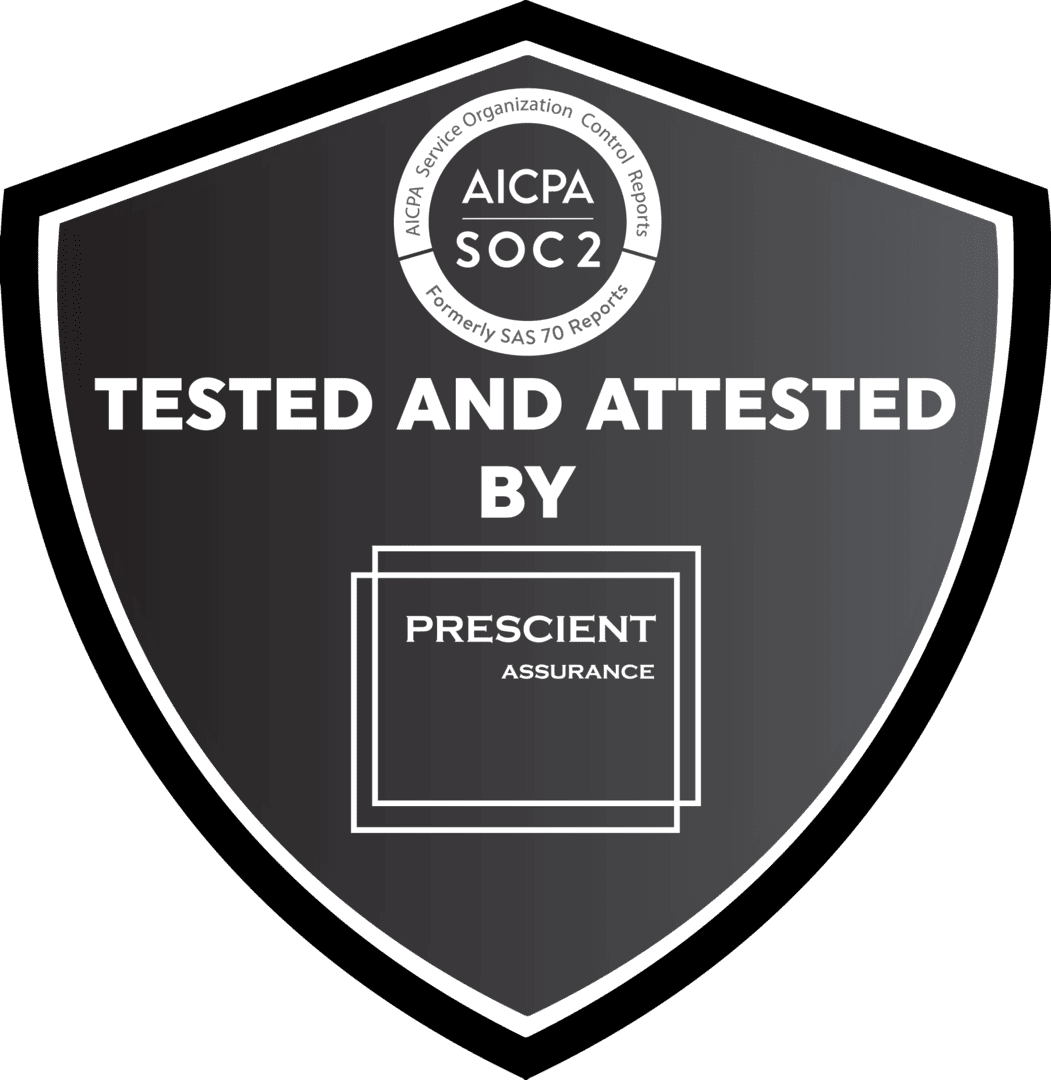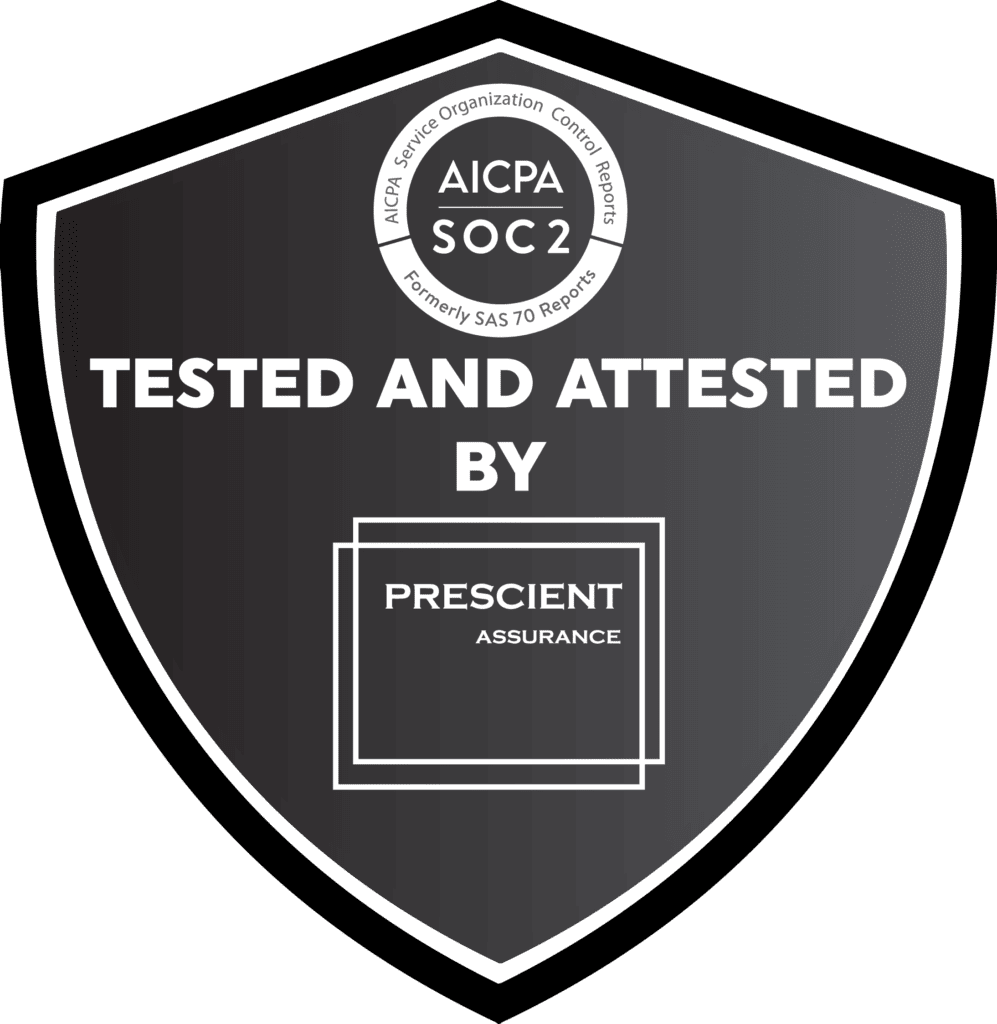Many organizations view RFID simply as the “next technology” to replace the barcode. Although true in its simplest form, RFID technology provides the opportunity to enable visibility into business operations that barcode technology cannot provide.
Barcodes require “line of sight” for data capture whereas RFID tags do not; many barcode applications require operator scanning whereas RFID technology can automate many of these processes. That being said, and without question, barcode technology has its place from a cost-benefit standpoint. After 40 years, Lowry is still a leading provider of barcode solutions.
However, RFID technology enables the ability to cost effectively provide real time visibility to items, cases, pallets, people and valuable assets. This visibility enables organizations to better utilize assets, increase efficiency, reduce errors and re-work and increase the overall velocity of business operations.
RFID technology has significantly improved and matured over the past decade. Gone are the days when RFID tags were difficult to read or did not have enough memory to be useful. RFID component costs have steadily dropped, making RFID readers and antennas a more attractive alternative. The leading standards organizations — ISO, GS1 and EPC Global (part of GS1) — have developed, ratified and implemented RFID standards that insure interoperability among manufacturers of RFID products. Data standards are in place insuring RFID tag data is useful up and down organizational supply chains.
There has also been significant change in the RFID supplier landscape. Many organizations that rushed onto the scene a decade ago to meet the RFID compliance mandates issued by Wal-Mart, the Department of Defense and others have since failed. Companies that formed using RFID as their primary business plan simply could not sustain as RFID technology matured. The companies, including manufacturers, that prosper today are companies that had successful businesses in other areas or technologies as they migrated into the RFID business.
Lowry is one such company. Lowry’s long term success in the automatic identification industry (AIDC) enabled them to build a successful RFID business as the technology emerged and matured.
Today, RFID technology is primed to be a high value technology asset that delivers business value that wasn’t practical or possible before. The ability to see in real time where and how assets are being used can reduce cost and increase asset utilization. The ability to see in real time how items, cases and pallets are packaged and assembled can reduce errors resulting in reduced labor and increased speed. The ability to more quickly track and inventory raw materials will result in reduced inventory labor and more accurate and timely data for manufacturer planning. The power of RFID is not just knowing where an asset is, but knowing what that asset is doing in time and space.

